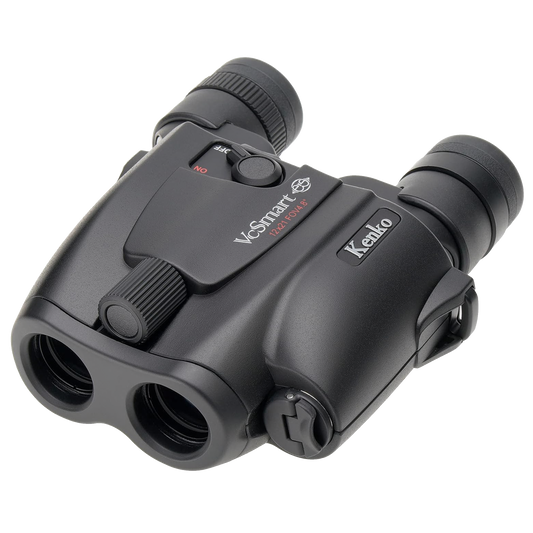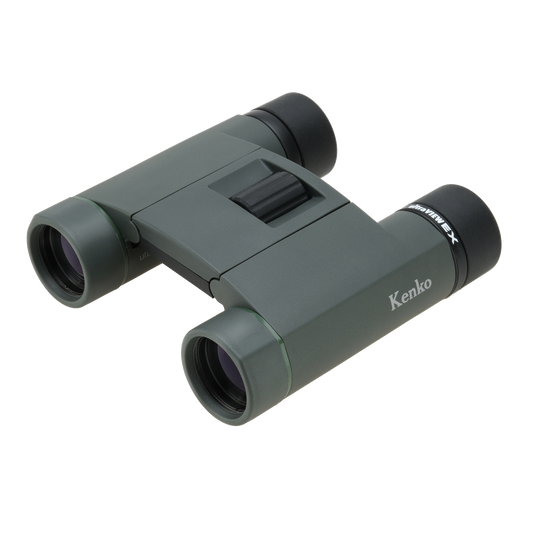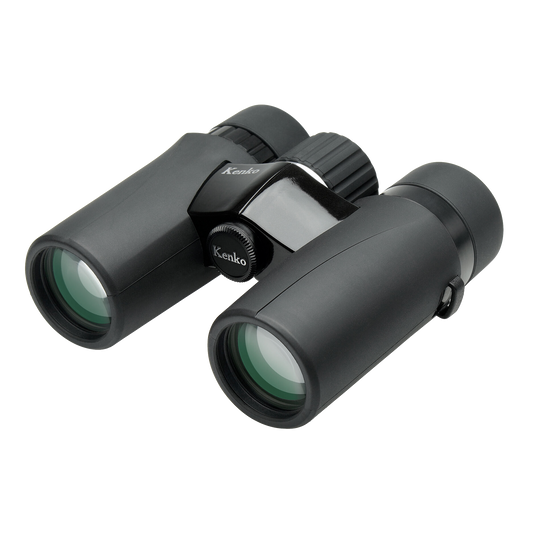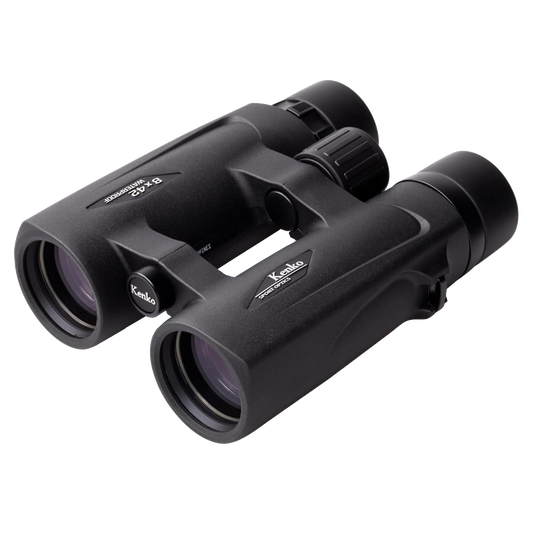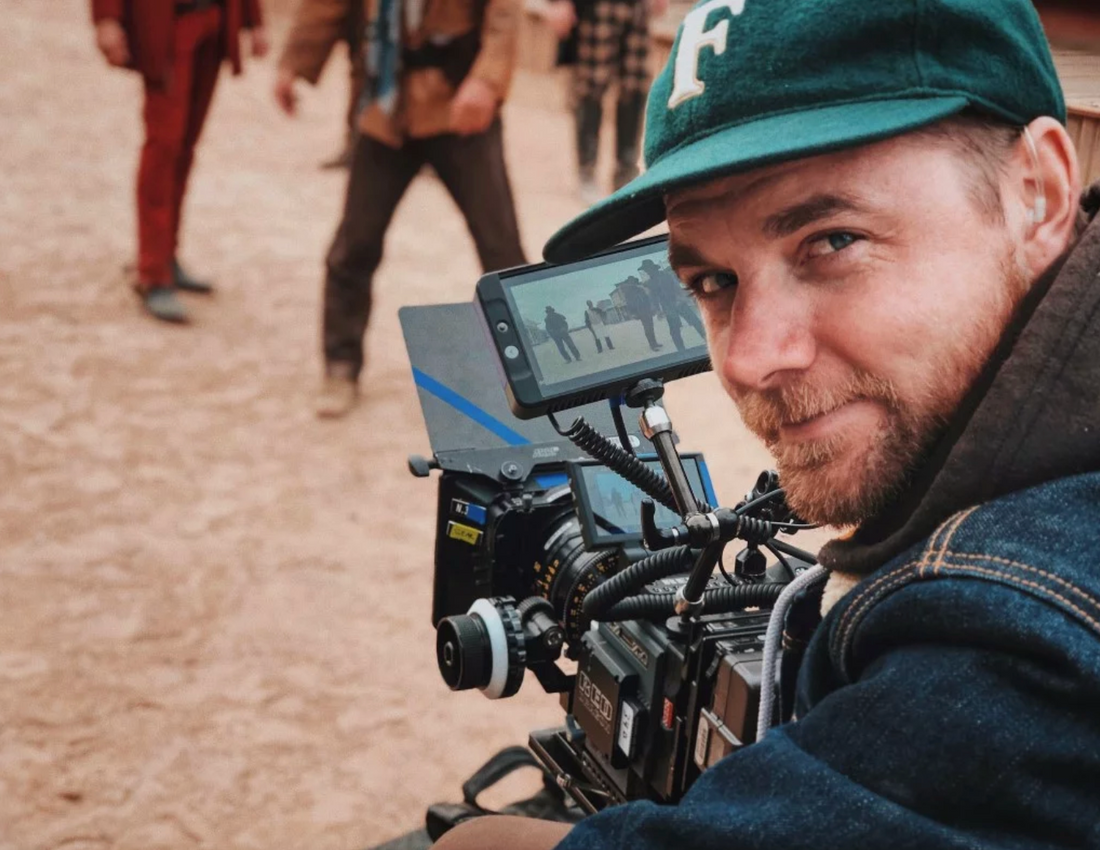
4 Must-Have Accessories for Shooting Video

Photo by Chris Murray on Unsplash
I’ve been building my camera equipment stockpile for well over a decade now, and I never feel like I have enough equipment for videography.
Not only is there constantly something new and interesting I want to buy, but I always have new clients that want really specific, niche videos.
But over the years, I’ve perfected my basic videography equipment set. Here are the things I think a videographer can’t live without.
Table of Contents:
- A Solid, Yet Portable Tripod
- A Quality Variable ND Filter to Control Exposure
- A Durable, Bright Light
- A Cinema Backpack to Carry It All
A Solid, Yet Portable Video Tripod

Photo by Wendy Wei from Pexels
Tripods are incredibly important to a film shoot. They lend stability to your shots, allow you to pan and tilt your camera with ease, and prevent you from getting so wrapped up in your camera that you can’t direct the shoot.
But, as we all know, all tripods are not alike.
I prefer my tripods to be on the lighter end of things, which allows me to save weight for more important equipment like my lenses.

You’ll also want to look out for a tripod with a fluid head that connects to a bowl (as shown above), which allows for your tripod to bear more weight while keeping your shot level on uneven ground.
Rubber feet are the most typical feet you’ll see on a tripod, since they allow for a good grip on a variety of surfaces, but if you’re constantly shooting out of doors you may want to purchase spiked feet to keep in your bag too.

Ikan’s EK630 Tripod comes with all these features and more for just $170. It’s adjustable from 29” to 65”, comes with a carrying bag, and can support up to 8.8 pounds of equipment.
It’s the perfect addition to my camera bag, along with my Canon EOS R and my growing collection of RF lenses.
With a small mirrorless system, I don’t need a big, bulky, heavy tripod to support my gear. Instead, the lightweight design with a mid-level spreader to add stability is just what the doctor ordered!
Recommended Videography Reading:
- How to Shoot Video That Doesn't Suck: Advice to Make Any Amateur Look Like a Pro
- The DSLR Filmmaker's Handbook: Real-World Production Techniques
A Quality Variable ND Filter to Control Exposure
When it’s a bright, sunny day outside and you need to get some footage, you usually have to close the aperture way down to control the exposure of your video.
There’s a problem with this strategy, though - the smaller the aperture, the larger the depth of field.
This isn’t a huge crisis, but depending on the type of video you’re shooting, you might want a nice, blurry background that helps separate the subject in the footage.
To keep the aperture nice and wide, and thereby minimize depth of field, you need a variable ND filter.

The Kenko PL-Fader is an excellent option because it’s inexpensive, yet durably built to last you for years and years of shooting video.
It has two high-transparency polarizing film layers that give you control over how much light passes through the filter and into the lens.

This is advantageous for controlling aperture, as mentioned above, but it’s also helpful for controlling the shutter speed. Specifically, if you want to slow down the shutter speed, the PL-Fader will help you do that.
The easy adjustment knob makes changes to the filter’s light-stopping power a breeze, too, so you can concentrate on capturing the best-quality footage and not worry about complicated changes to your filter!
Editor's Tip: Get Kenko’s latest updates and access to promos for discounted gear. Click here to sign up.
A Durable, Bright Light

photo by goir via iStock
I have this way of ending up in situations either without my lighting, or with a dead light. So, when you’re shopping for your lighting, make sure to choose one that has a long battery life.
You’ll also want to choose a light that you can throw around a bit. I’ve never dropped a camera, but pretty much everything else in my bag I’m really clumsy with. The problem is that most portable lighting feels really cheap. They’re made out of plastic and they break easily.

To combat this, use a light from an established company, like Litra. They’re a go to for many videographers for a reason.
When you’re shopping around for your lighting, some other helpful features are waterproofing, different types of camera mounts, and warranties.
I use the Litra Torch LitraPro, which I purchased off of Adorama for $220.

I use this light, and specifically this company, for its 1-year warranty. Plus, the light is waterproof at up to 90 feet, it creates bright light across an entire room, and it lasts for up to 10 hours on one charge.
Add to that full spectrum bi-color, Bluetooth compatibility, adjustable color temperature, and the ability to fully dim, and you have the makings of a top-quality light for video work!
Learn More:
A Cinema Backpack to Carry It All

There’s no reason for you to buy all of this gear if you don’t have a way to carry it around. I’ve extensively covered different videography bags over the years on PhotographyTalk, and found that, for the price, the Hex Glacier Cinema Backpack is my absolute favorite.
Importantly, it’s large enough to fit all of my equipment, which is an asset I’ve struggled to find in the past.

And no matter how much equipment I’m carrying, the backpack is comfortable because of its thick, padded straps that refuse to dig into my shoulders.
It’s water resistant, has an abundance of pockets and other organization methods, and is completely customizable to your body type, too.

This bag is beautifully built, impeccably designed, and offers easy access to all your gear for quick lens changes, swapping out batteries, and so forth.
I can tell that this backpack was created by a fellow videographer, and for $240 I wouldn’t recommend anything else.
Originally posted on PhotographyTalk.com.


